Picotage is a technique in dermatology that involves the use of a rotating diamond-studded wheel to precisely remove damaged skin or lesions. It is often used to treat chronic skin conditions, such as psoriasis, lichen planus, and basal cell carcinoma. The technique is especially indicated when the condition affects sensitive areas of the body, such as the eyelids, nose, and around the fingernails. In picotage, a specialist outlines the area of the skin that needs to be treated, typically with chalk or dye, then gently moves the wheel over the outlined area. The technique removes only the affected area and leaves the surrounding skin unharmed. This makes it a popular treatment choice for delicate areas of the body or for small amounts of damaged tissue. The benefits of picotage include its accuracy and precision. It removes only the area of skin or tissue that needs to be treated, without damage to the surrounding area and with minimal damage to the patient’s overall health. Its safety and effectiveness lead to fewer side effects and a quicker recovery time. Additionally, the use of a precision wheel allows small lesions to be treated with great accuracy, which enables more localized treatments than other techniques. It is also a cost-effective and minimally invasive approach to treating long-term skin conditions. Overall, picotage is an effective and safe dermatology technique for removing small skin lesions or damaged skin. It can be used to treat a variety of chronic skin conditions and is especially indicated for delicate areas. By using a precision wheel, it allows for more localized treatments than other dermatology techniques, and its accuracy and safety make it a popular choice.
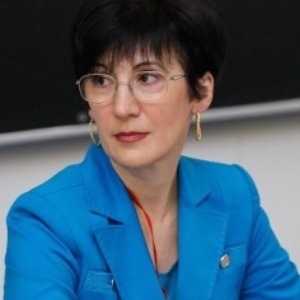
Irina Sergeeva
Novosibirsk State University, Russian Federation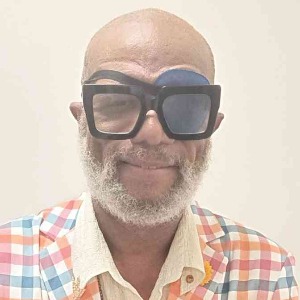
Dave Ray
Dave Ray Enterprises., United States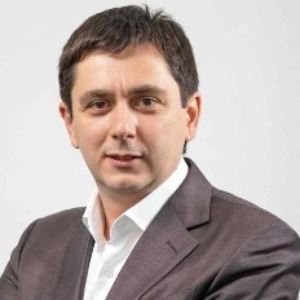
George Sulamanidze
Plastic Surgeon at Clinic of Plastic and Aesthetic Surgery and Cosmetology TOTALCharm, Georgia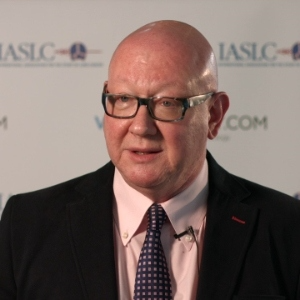
Sergei A Grando
University of California Irvine, United States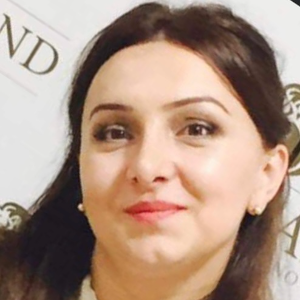
Nino Tsamalaidze
Ltd Karabadini+, Georgia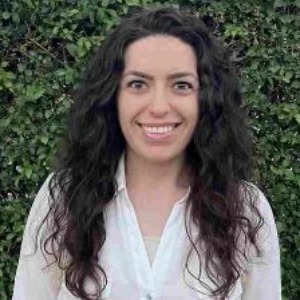
Lina Petrossian
California University of Science and Medicine, United States
Surajbala Khuraijam
Manipur Health Services, India
Shrutimita Pokhariyal
Symbio, India
Yasser Mohammed Hassanain Elsayed
Egyptian Ministry of Health, Egypt



Title : Paraneoplastic Autoimmune Multiorgan Syndrome or PAMS: Paraneoplastic pemphigus revisited
Sergei A Grando, University of California Irvine, United States
Title : Modern non-invasive methods for in vivo assessment of skin
Georgios N Stamatas, SGS, France
Title : Personalized and precision dermatology through the view of biodesign-inspired translational & data-driven applications: Revolutionary skin treatments for every concern in clinical dermatology integrating skin care experts and consumers
Sergey Suchkov, N.D. Zelinskii Institute for Organic Chemistry of the Russian Academy of Sciences, Russian Federation
Title : The next generation of threads: Lifting, volumization, and biostimulation in one powerful triple action
George Sulamanidze, Plastic Surgeon at Clinic of Plastic and Aesthetic Surgery and Cosmetology TOTALCharm, Georgia
Title : Lymphoproliferative diseases in the practice of a dermatologist
Irina Sergeeva, Novosibirsk State University, Russian Federation
Title : Comparative efficacy of omalizumab and dupilumab in children with Chronic Spontaneous Urticaria (CSU): A retrospective cohort analysis
Molynna Nguyen, University of Toledo, United States
Title : "Mirror mirror on the skin” — A low-cost community strategy to reduce melanoma disparities in Washington, D.C.
Kayla Sampson, Georgetown University School of Medicine, United States
Title : Vitiligo: Not just an aesthetic disorder
Mateja Starbek Zorko, University Medical centre Ljubljana, Slovenia
Title : Personalized and Precision Medicine as a unique avenue to have the healthcare model renewed to secure the national biosafety: Advanced skincare solutions in individualized cosmetology, reconstructive plastic surgery and the modern beauty
Sergey Suchkov, N.D. Zelinskii Institute for Organic Chemistry of the Russian Academy of Sciences, Russian Federation
Title : Efficacy and safety of CE ferulic and resveratrol serums after fractional CO? laser: A split-face controlled trial
Yu Shi, Shanghai Skin Disease Hospital, China